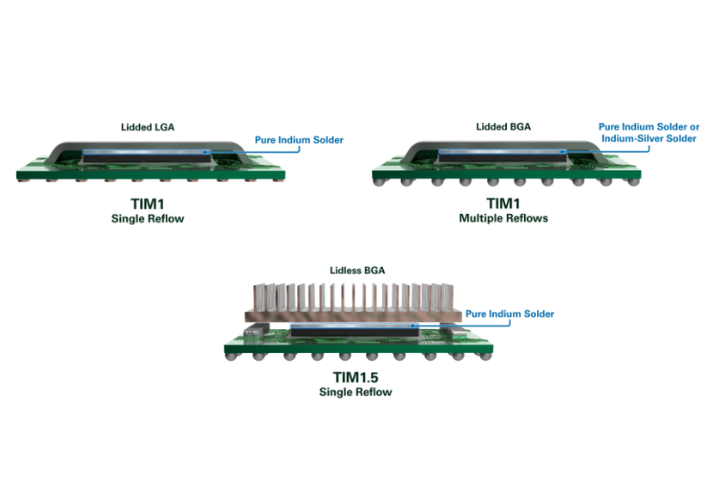SaveSave
Voiding in Flux-Cored Wire
Phil Zarrow: This video is for anyone looking for a way to Avoid the Void™ using cored wire, including causes of voiding, and the properties of Indium Corporation's wire that minimize this challenge.
Eric, we talk about voiding in soldering. What about voids with regard to wire soldering?
Eric Bastow: Phil, that's a really good question because it's important to distinguish between the two, because normally when you talk about voiding, one is thinking about voiding in the resulting solder joint. When you talk about flux-cored wire, you're actually talking about an absence of flux, a void, in the core of the wire, and it's important for people to keep that in mind as we're talking about this because most of the time we're going to be talking about voids in the wire itself, not necessarily in the resulting solder joints.
Phil Zarrow: Why is it important to have void-free cored wire?
Eric Bastow: It's a good question, and the answer is very simple. If there's a void in the wire, that means there's no flux, and that will end up in soldering defects. As anybody who's been around soldering for any length of time knows, flux is a necessary component of the soldering process because it is the component in the process that removes oxidation. It becomes very simple; if you have no flux, you have nothing to remove the oxidation.
Also, in the soldering process, when you're doing soldering with wire, the flux melts first, and then the solder metal melts second; so the flux comes down, coats the surface, protects the surface from further oxidation until the solder actually melts, and starts to flow out onto the surface. Again, as I said, it's very simple; no flux, you have nothing to remove the oxidation, and then it would prevent the soldering bond, or metallurgical bond, from taking place.
Phil Zarrow: What does Indium Corporation do to assure that it has void-free cored wire?
Eric Bastow: Really simply, what it comes down to is good flux formulation, and good process control. It's important to recognize, for somebody who's never been in a factory before where wire is made, that a void in the extrusion process can result in several inches of a voided wire, a wire free of flux, or absent of flux, and sometimes even several feet, depending on the diameter. It can be a big deal.
Going into the things that actually cause them, and how we cure them, is that the needle that pumps the flux into the wire can become clogged with particulate, so we use very high quality chemicals, hopefully particle-free, as well as we also filter the flux ahead of time to remove any particles that may be present.
The other thing is that flux does, or can, outgas in the process, so it's important to control the equipment parameters to make sure that the flux doesn't outgas because if the flux outgasses, instead of putting flux into the wire, you're just putting a gas, and so therefore you'll create a void in the wire that way, as well.
The third thing is that flux at room temperature is solid. It has to be liquefied to pump into the core of the wire. Sometimes what will happen if the process is not controlled properly with proper equipment parameters, the flux can actually re-freeze, or re-solidify, in the extrusion needle, clog it, and then create a void in the wire that way, as well.
Phil Zarrow: Where can we find out more information about this, Eric?
Eric Bastow: People can go to our website,www.indium.com, or they can send us an email at [email protected].
Phil Zarrow: Eric, thank you very much.
Eric Bastow: You're very welcome, Phil, any time.



